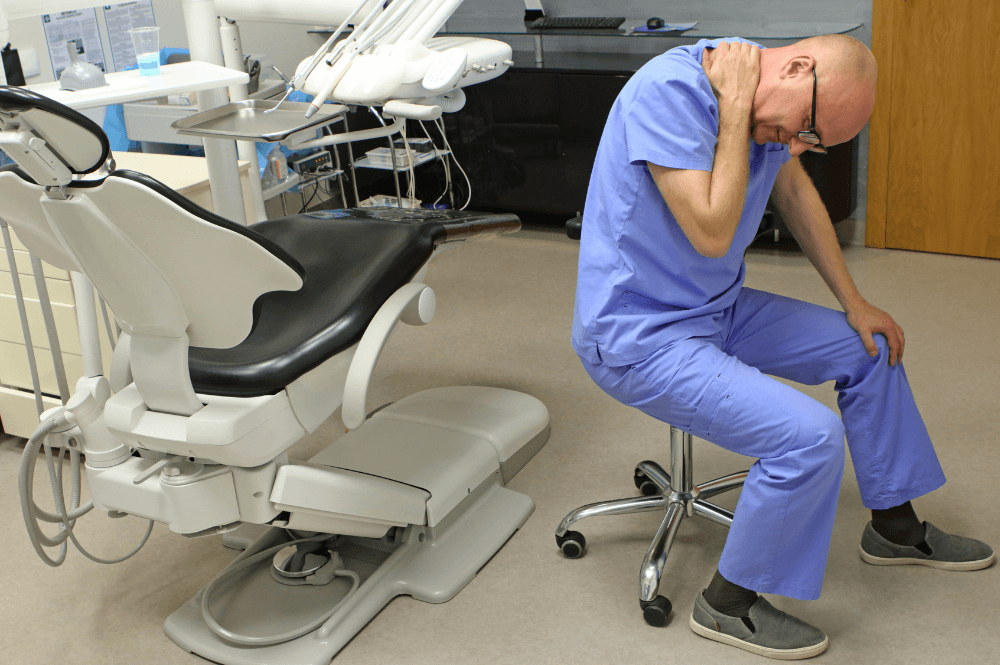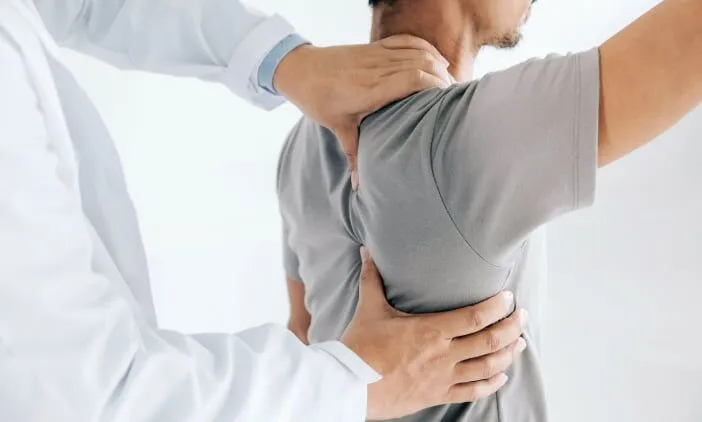Lumbar radiculopathy, often referred to as sciatica, is a condition that causes pain, weakness, and numbness in the lower back and leg. It arises when a nerve root in the lower spine gets compressed or pinched. This compression can significantly impact a person’s mobility and ability to perform daily activities, leading some to seek disability benefits.
Understanding Lumbar Radiculopathy
Radiculopathy describes a variety of symptoms caused by nerve compression anywhere along the spinal column. The specific location of the pinched nerve determines the type of radiculopathy. Lumbar radiculopathy specifically refers to nerve compression in the lower back, affecting the nerve roots that form the sciatic nerve.
| Important Links |
| 1. Highest-Paying Jobs in Consumer Durables |
| 2. High-Paying Jobs in Various Industries |
| 3. Top-Paying Careers in Precious Metals |
| 4. Best-Paying Jobs in the Natural Gas Industry Globally |
This condition can cause a range of symptoms, including:
- Sharp pain in the lower back, often radiating down the leg (sciatica)
- Weakness in the leg
- Numbness or tingling in the leg
- Loss of reflexes in the leg
Lumbar radiculopathy shares some symptoms with other lower back conditions like spinal stenosis and spinal myelopathy.
Diagnosing radiculopathy typically involves a physical examination, imaging tests (X-rays, MRIs), and sometimes nerve conduction studies to assess nerve function. Treatment options vary depending on the severity of the condition and may include:
- Anti-inflammatory medications
- Physical therapy
- Steroid injections
- Surgery (in severe cases)
Lumbar Radiculopathy and Social Security Disability Benefits
The Social Security Administration (SSA) maintains a listing of impairments within its Blue Book that qualify individuals for disability benefits. Lumbar radiculopathy falls under Section 1.00 for Musculoskeletal Disorders and specifically under Section 1.15 for Disorders of the skeletal spine resulting in compromise of a nerve root.

To be considered disabled by the SSA due to lumbar radiculopathy, an individual’s medical records must meet specific criteria:
- Radicular Symptoms: One or more symptoms like pain, numbness (paresthesia), or muscle fatigue must be present and result from the compromised nerve root.
- Radicular Distribution of Neurological Signs: A physical exam or diagnostic test needs to confirm the presence of neurological signs consistent with nerve root irritation, tension, or compression. This may include muscle weakness or diminished reflexes in the affected area.
- Imaging Evidence: Imaging studies like X-rays or MRIs must show evidence of nerve root compromise in the lower spine.
In addition to these core criteria, successful claimants may also have documented evidence in their medical records of:
- Functional Limitations: A need for an assistive device due to the limitations caused by radiculopathy.
- Upper Limb Impairment: Medical evidence that one or both arms are affected, hindering the ability to perform work independently.
Meeting these criteria does not guarantee disability benefits. The SSA also considers the duration of the impairment and its impact on a person’s ability to perform past relevant work. They will assess whether your condition is expected to last, or has already lasted, for at least 12 months and if it significantly limits your ability to perform any job you could potentially be qualified for.
Applying for Disability Benefits with Lumbar Radiculopathy
The application process for Social Security Disability Insurance (SSDI) or Supplemental Security Income (SSI) can be complex, especially with medical conditions like lumbar radiculopathy. Here are some steps you can take to increase your chances of a successful application:
- Gather Medical Documentation: Collect all your medical records related to your lumbar radiculopathy diagnosis, treatment history, and functional limitations.
- Seek a Functional Capacity Evaluation: A doctor specializing in physical medicine and rehabilitation can assess your functional limitations and provide a report that strengthens your case.
- Consult a Disability Attorney: An experienced disability lawyer can guide you through the application process, ensure all necessary documentation is submitted, and represent you if your claim is initially denied.
While a diagnosis of lumbar radiculopathy can be debilitating, it doesn’t automatically qualify you for disability benefits. The key is to have strong medical evidence documenting the severity of your condition and its impact on your ability to work. Consulting a lawyer experienced in disability claims can significantly improve your chances of a successful application.

